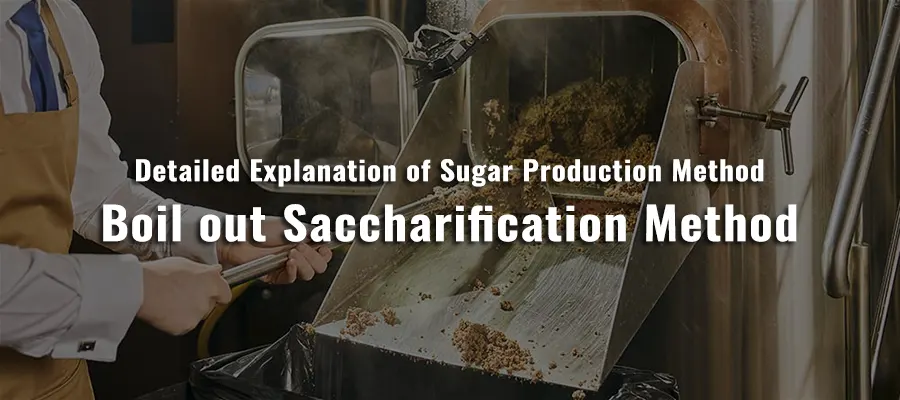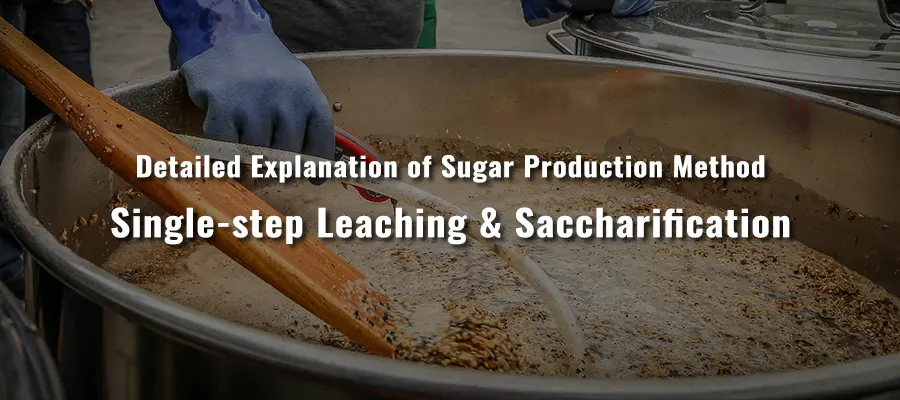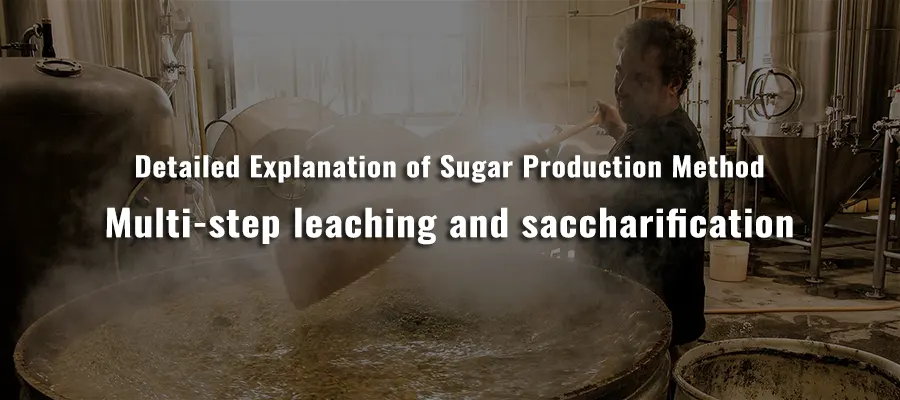Typical brewhouse equipment
Boiling pot: Complete the operations of mash boiling and wort boiling. Mash barrel (heat preserve): Saccharification and lauteration for non-boiled mash.
Description
The boiling method is very used in Germany, but since the 1970s, many breweries have switched to the leach-out method. The obvious reason is: that in the face of the oil crisis, the leach-out method can reduce energy consumption during the heating process, and it can achieve more batches of brewing. But, in the last decade, there are more and more people are using the boil-out method. By replacing the previous open boil with mash boiling at close to 100°C, combined with a heat recovery system, energy losses can be reduced. This narrows the gap with the leach-out mashing method cost. In recent years, a large number of breweries that once used the traditional boil-out method have begun to re-use the boil-out method.
Operation Steps
The boil-out method starts by boiling about 20-33% of the separated mash (a “thick mash” that sinks to the bottom of the pot), then remixes the boiled mash into the remaining unboiled mash, brings the mixed mash temperature to the next higher resting temperature.
After the mash is left to stand, the mash will form layers, and the undissolved part of the mash sinks to the bottom of the barrel, which is called “thick mash”. These thick mash must be boiled because it still contains a lot of small starch granules. The dissolved mash is on top and is called “thin mash”. Thin mash is rich in enzymes, do not boiling this (enzymes will lose activity), so use thick mash as much as possible to boil.
It can be divided, boiled and combined again as necessary. According to the number of times of divided, it can be classified into one, two and three times boil-out methods.
But, these days, people are more tend to divide the mash less. When mixing the boiled mash with the mash in the mashing pot, to protect the enzyme, it is necessary to keep stirring, and it must be noted that the boiled mash must be incorporated into the mash in the mashing pot. This is also to avoid the temperature being too high, which will inactivate the enzyme. At the same time, it is also necessary to pay attention to the way of adding the mash, to avoid the problem of oxidation, it is best to pump from the bottom into the pot.
Typical Temperature Range
The one-time boil-out method is very like the leach-out method. First, boil the mash once and the temperature reaches 65-75 °C after the combination. Fed at 50 °C, and then heated to 64 °C. After a period of rest, continue to boil for 15 minutes, and finally combine the mash to 72 ℃ for mashing.
The feeding temperature of the two-times boil-out method is 50°C, and the mash needs to be divided after 10 minutes of rest, then boiled for 15-20 minutes, and the mash is combined to 64°C after the end of the rest, and the second mash needs to be boiled for 5-10 minutes. After mixing the mash, the temperature is raised to 75°C for cessation. The two-times boil-out method takes about 3-3.5 hours in total. Sometimes it can also be fed at 35-37 °C. Of course, if the current malt is already in a well-dissolved state, then there is no need to perform the protein resting operation during the first mix.






